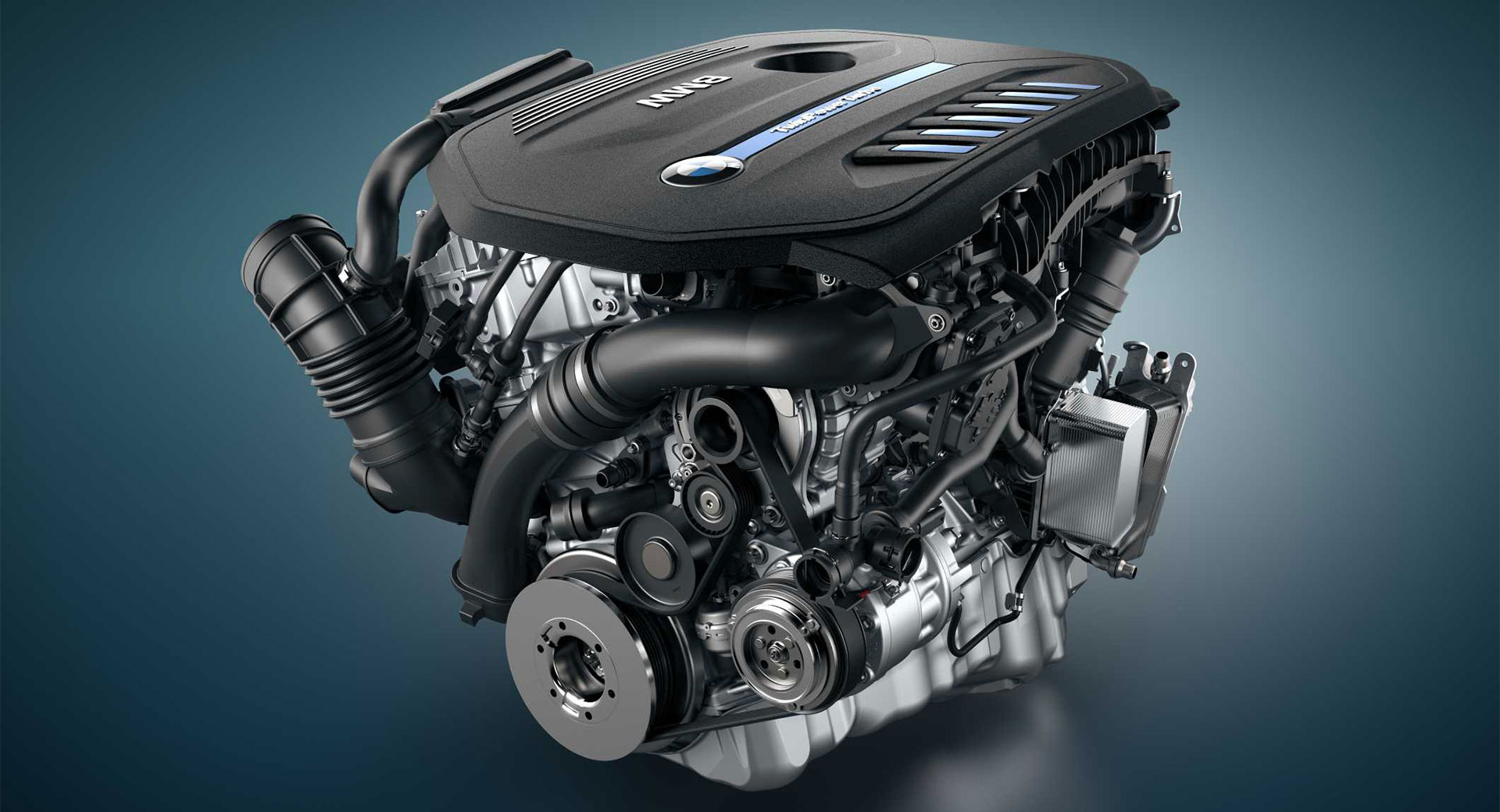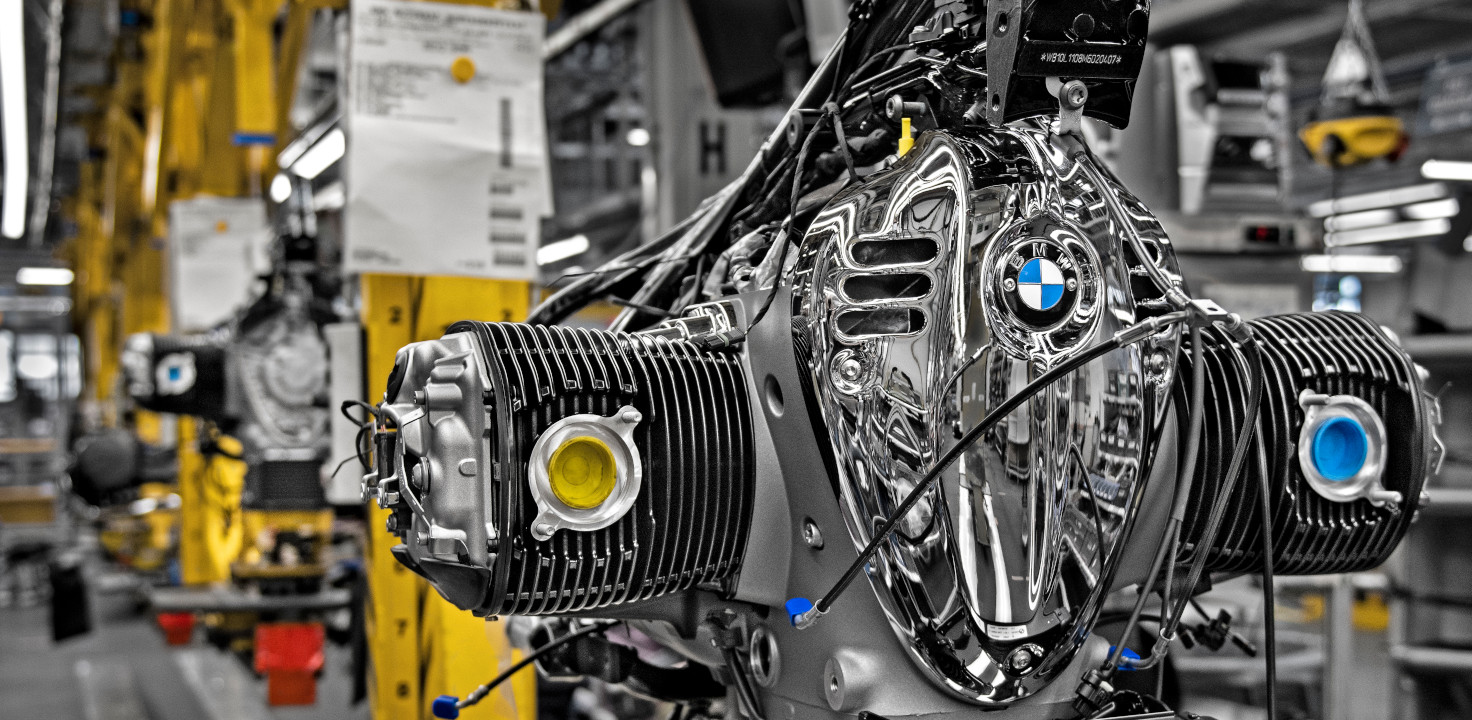A New user's Guide to Selecting the Right BMW Engine for Your Requirements
A New user's Guide to Selecting the Right BMW Engine for Your Requirements
Blog Article
Exploring the Evolution of Burning Engines in Modern Transport Solutions
As we browse the landscape of modern-day transportation, the evolution of burning engines stands as a testament to human ingenuity and design expertise. The interaction of history, technology, and ecological issues in shaping the trajectory of burning engines produces a narrative that is both engaging and insightful.
Very Early Beginnings of Combustion Engines
Exactly how did the concept of burning engines first arise in the beginning of transportation advancement? When the principles of inner combustion were first explored, the roots of burning engines can be traced back to the 17th century. In 1673, Christian Huygens conceived a fundamental inner combustion engine that made use of gunpowder to generate power. Nonetheless, it wasn't up until the late 19th century that practical applications of burning engines in transportation began to arise.
The advancement minute came with the creation of the first effective gasoline-powered engine by Karl Benz in 1885 - bmw engine. This engine led the way for the advancement of the contemporary automobile, transforming transport systems worldwide. Succeeding technologies by Nikolaus Otto and Gottlieb Daimler further improved burning engine modern technology, resulting in the automation of autos and the fast expansion of the transport market
These early combustion engines were characterized by their simplicity and effectiveness, laying the structure for the facility and powerful engines used in modern-day transportation systems. The evolution of combustion engines has contributed in forming the method we travel and transfer items, noting a considerable milestone in the background of transport advancement.
Transition to Internal Burning Innovation
The shift to inner burning modern technology noted an essential change in the evolution of transportation systems. This change started in the late 19th century, with creators like Nikolaus Otto and Gottlieb Daimler establishing the initial effective inner burning engines. These engines changed transport by providing a much more effective and effective choice to vapor engines and electrical motors.
One of the crucial advantages of interior combustion engines was their capability to be scaled down to suit lorries, leading to the advancement of automobiles and motorcycles. This change from cumbersome, stationary engines to compact, mobile ones paved the method for the modern-day transportation systems we see today.
The transition to inner combustion innovation likewise stimulated innovations in fuel modern technology, leading to the development of fuel and diesel as primary gas sources for lorries. This shift not just made transport much more obtainable to the masses yet likewise laid the foundation for the oil and gas industry to come to be integral to international economies.
Effect of Combustion Engines on Transport
The fostering of combustion engines in transportation systems catalyzed a profound change in the effectiveness and rate of international wheelchair. Combustion engines transformed transportation by offering a reputable and versatile resource of power for different vehicles, including vehicles, aircrafts, vehicles, and ships. This development considerably improved the capability for individuals and goods to conform fars away in much shorter amount of time, bring about increased connectivity between regions and nations.
Furthermore, the extensive use of burning engines has had a significant effect on economic advancement. The capacity to deliver items successfully has stimulated profession and commerce, allowing services to expand their markets and get to consumers worldwide. This has assisted in economic development and globalization, as items can currently be delivered much faster and in bigger amounts than ever previously.
Nevertheless, the environmental effect of combustion engines can not be forgotten. The burning look at here of fossil fuels has actually resulted in air pollution and greenhouse gas exhausts, adding to environment change and posing wellness risks to populaces. bmw engine. Therefore, there is an expanding emphasis on creating different propulsion technologies to alleviate these negative effects and develop a much more sustainable future for transportation
Technologies in Burning Engine Design
One notable innovation is the growth of turbocharged engines, which utilize exhaust gases to drive a wind turbine that compresses incoming air, enabling for more fuel to be burnt, my review here resulting in increased power output without a substantial increase in engine dimension. Variable shutoff timing systems have additionally reinvented engine style by enhancing air movement at various engine rates, improving both power and effectiveness. These developments collectively contribute to the constant enhancement of burning engines in modern-day transport systems.
Future Trends in Burning Engine Advancement
With technology developments driving continuous development, the future of combustion engine advancement is poised to reinvent transport systems around the world. Among the key trends in burning engine growth is the press in the direction of higher efficiency and decreased emissions. Suppliers are spending greatly in study and growth to improve engine efficiency while fulfilling rigorous ecological regulations. This includes the assimilation of sophisticated gas shot systems, improved turbocharging methods, and the use of light-weight materials to enhance gas usage and lower carbon exhausts.
One more popular fad is the adoption of hybrid innovations in burning engines. Hybrid engines incorporate standard combustion innovation with electrical power, offering boosted fuel effectiveness and reduced exhausts. As the vehicle market shifts in the direction of electrification, hybrid combustion engines are viewed as a transitional service that bridges the void in between standard automobiles and fully electrical ones.
Moreover, the assimilation of clever technologies, such as man-made knowledge and information analytics, is anticipated to play a considerable duty in the future of burning engine development. These technologies can maximize engine performance in real-time, bring about extra visit reliable burning processes and enhanced total car efficiency. Welcoming these future fads will certainly not just drive technology in combustion engine development yet also add to a more ecologically pleasant and sustainable transport ecological community.

Conclusion
To conclude, the development of combustion engines in modern transport systems has actually been noted by considerable developments in technology and layout. From the very early starts of burning engines to the shift to interior burning technology, these engines have actually had an extensive effect on transportation. Advancements in combustion engine design remain to drive progression in this area, with future patterns concentrating on additional enhancing efficiency and minimizing emissions. The future of combustion engines in transportation looks encouraging as r & d initiatives proceed to press borders.
The roots of combustion engines can be traced back to the 17th century when the concepts of interior combustion were very first discovered. These engines reinvented transport by supplying an extra effective and efficient alternative to vapor engines and electrical motors.

Report this page